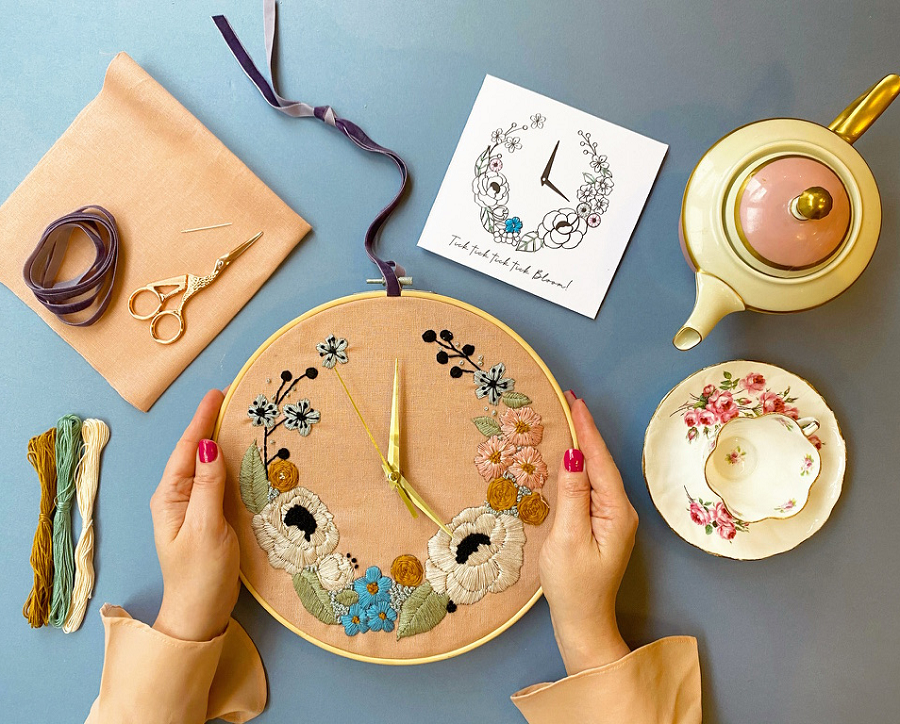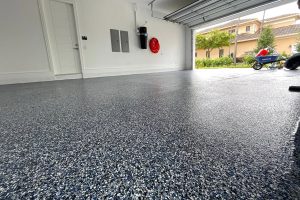
If you’re a keen crafter – whether your chosen craft is knitting, embroidery, needlepoint, weaving, papercraft or any one of the dozens of possible choices – then you know both the bright sides and the more difficult times: for every time you successfully finish a project, there’s the frustration of losing your embroidery set, every time you gift a friend a personal present you’ve made yourself is balanced by a time there’s simply nowhere comfortable for you to work!
If you’ve got the space and resources, then you could convert a whole spare room to craft in, ensuring you can work undisturbed, have plenty of space to store your supplies and tools and when you put your current work in progress down for a break, you know no-one will move or damage it while you’re away. Many people simply don’t have the space to devote a whole room in their home to craft in, but that doesn’t mean you have to abandon plans for your own personal crafting space. Today we’re looking at how you can make one corner into of your home into your own crafting nook with everything you need.
Light
One of the most important things you need to think about is light. Most crafts require a fine attention to small details and that’s much easier when you have a clear, even light to work by. Artists favour the light from a north facing window, as it remains clear and even throughout the day, rather than changing from dawn to dusk. It’s certainly worth sitting your chair or desk by a north-facing window if you have a suitable one, but otherwise, any window will provide you with natural light to work by during the day.
If your work keeps you busy into the evening, it’s worth having a standard lamp placed behind your chair to shine down on your work. Take your time to research and find a light that’s clear but not too harsh or clinical: many people use their crafting time to relax and a bright neon light won’t help with that!
Physical Comfort
Make sure you choose a chair and desk you can work comfortably for long periods. Be aware of the pose you adopt when you’re working and make sure you’re giving yourself the best chance of enjoying your craft without hurting your back!
Storage
The most important thing is storage: devoted storage for your crafting hobby means never losing your needles, never misplacing a project halfway through, and always knowing where to go for more yarn!
Try to develop a two-tier system: long term storage for your raw materials, tools, and patterns, and another box you can stock and re-stock based on what you need for what you’re making right now! Fit shelves and boxes around your chair, and it becomes a perfect crafting nook, adapted for your crafting needs.

